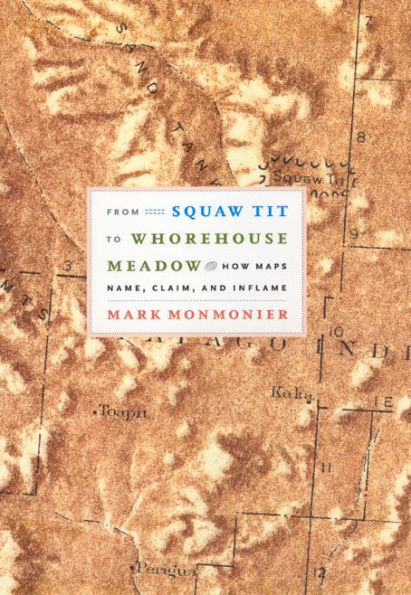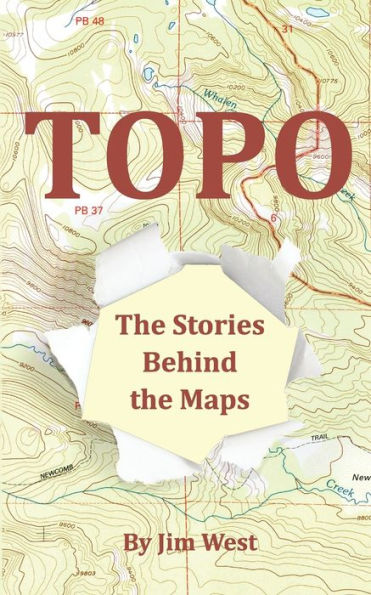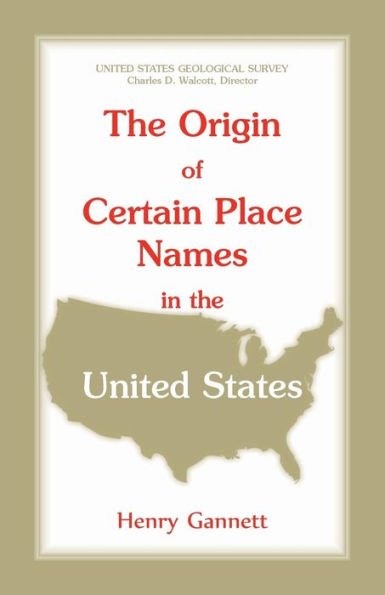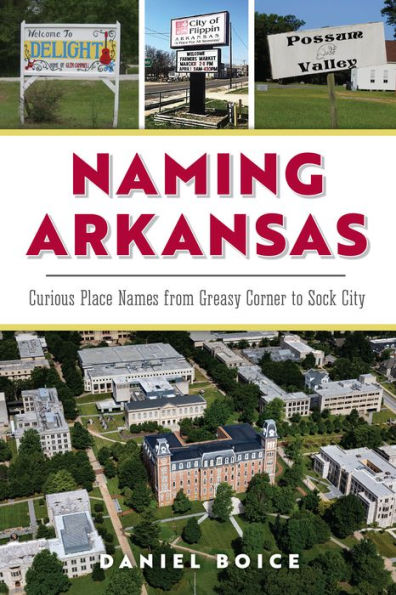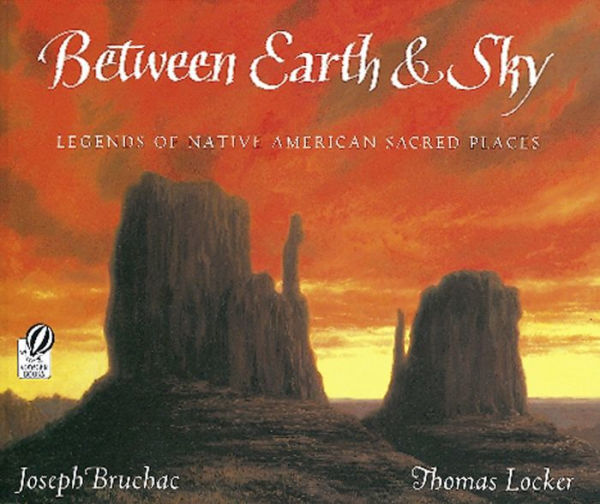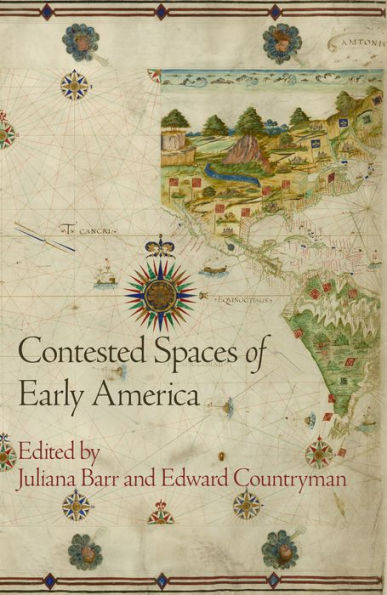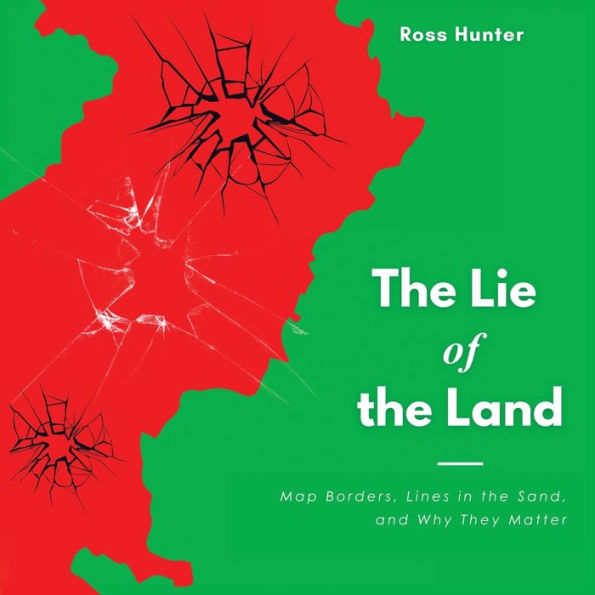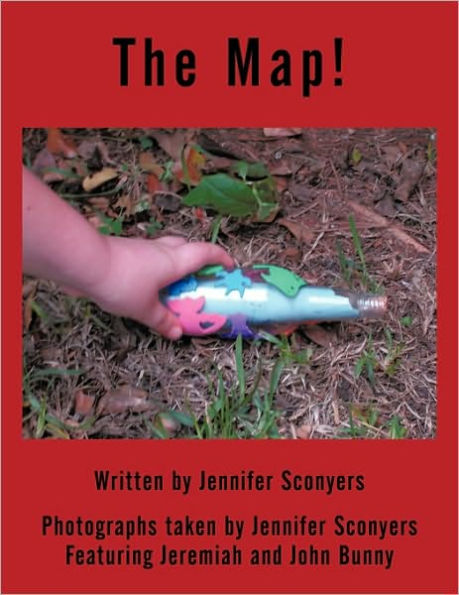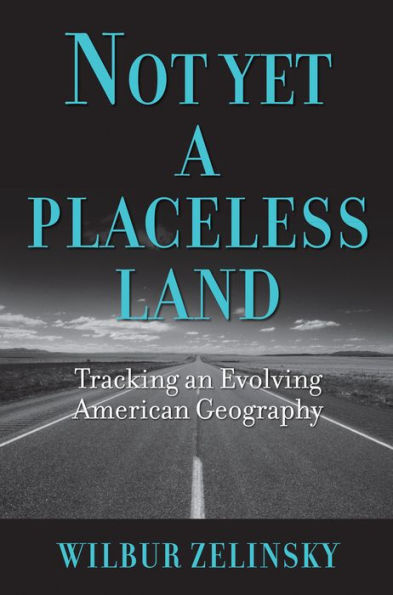Home
From Squaw Tit to Whorehouse Meadow: How Maps Name, Claim, and Inflame


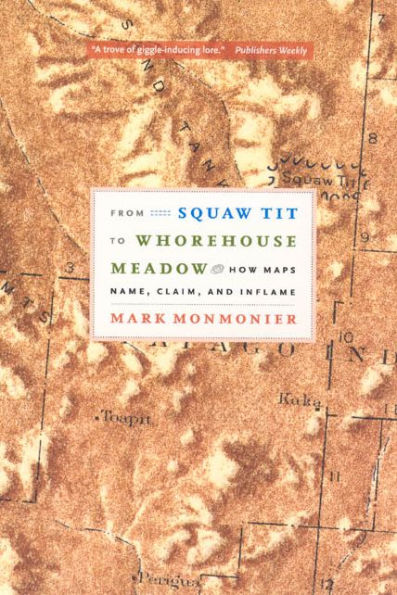
From Squaw Tit to Whorehouse Meadow: How Maps Name, Claim, and Inflame
Current price: $16.00
Loading Inventory...
Size: OS
Brassiere Hills, Alaska. Mollys Nipple, Utah. Outhouse Draw, Nevada. In the early twentieth century, it was common for towns and geographical features to have salacious, bawdy, and even derogatory names. In the age before political correctness, mapmakers readily accepted any local preference for place names, prizing accurate representation over standards of decorum. But later, when sanctions prohibited local use of racially, ethnically, and scatalogically offensive toponyms, names like Jap Valley, California, were erased from the national and cultural map forever.
probes this little-known chapter in American cartographic history by considering the intersecting efforts to computerize mapmaking, standardize geographic names, and respond to public concern over ethnically offensive appellations. Unlike other books that consider place names, this is the first to reflect on both the real cartographic and political imbroglios they engender.
is Mark Monmonier at his finest: a learned analysis of a timely and controversial subject rendered accessible—and even entertaining—to the general reader.
“Engaging . . . a trove of giggle-inducing lore.”—
“[An] excellent book. . . . [Mark Monmonier] is an able populariser of academic geography, and an expert guide to the bureaucratic, legal and political hierarchies that determine how places acquire, change and lose their names.”—
“Fascinating. . . . The book will interest anyone who has ever wondered how place names have come to be established by locals, and then come to endure on maps—at least until the advance of political correctness.”—Susan Gole,
